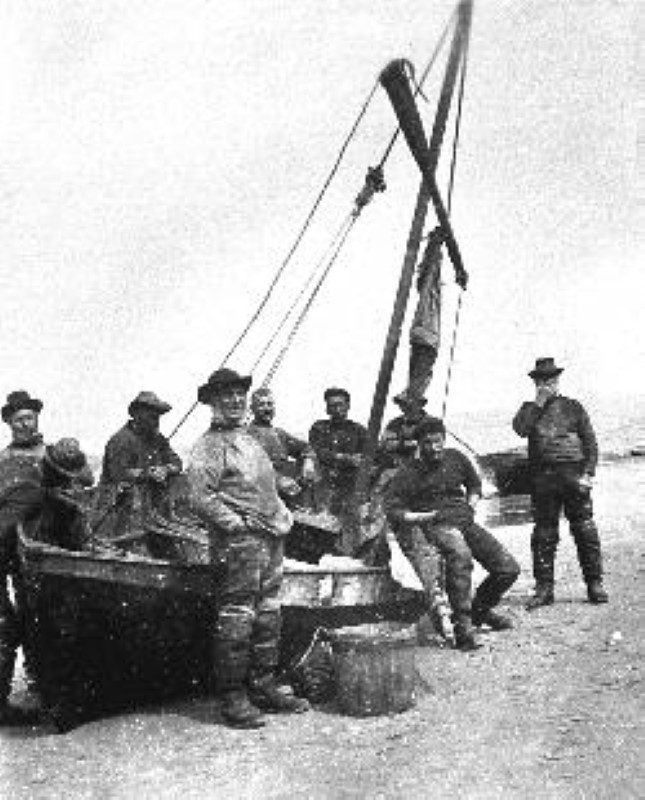History of Jonas Seafood
Kevin Jonas started Jonas Seafoods in 1995, becoming a Limited Company in 2004.
Kevin is steeped in local fishing Heritage, his father Tom served with the famous Henry Blogg on the Cromer Lifeboat, as well as being a Cromer crab fisherman.
Kevin himself followed in the footsteps of two of his older brothers by beginning his career in Lowestoft deep water trawlers, with Colne


History of Cromer Fishery
There are no exact records of when crab fishing in Cromer first began, but is likely that this fishery has existed since the early part of the 18th century.
The earliest record comes from “A Guide about Cromer” published in 1800 by Edmond Burtell who states “Lobster, crabs, whiting and cod-fish and herring are all caught in the finest perfection”. It is also recorded at this time that Cromer had a considerable trade with London in corn and crabs.
In 1874 Holdsworth recorded that the crab season lasted from 1 April until 20 June and that the population of Cromer was about 1415 persons of which 120 were fishermen.
In 1887 the populations of Cromer and Sheringham were 1160 and 1600 respectively of which 450 men and 94 boys were engaged in fishing. The activities of fishermen then were much more diverse than today and included crab, lobster and whelk potting, drift netting for herrings, line fishing for cod, plaice and skate, and beam trawling for plaice and shrimps.
The boats of around this time were the traditional double ended broad beamed vessel at this time being powered by sail or oars before being replaced with inboard engines amidships. These vessels were still used up until around 10-15 years ago, mainly being replaced with smaller, lighter and much faster GRP skiffs which are usually worked single handed.


Fishing Gear
The crabs and lobster were originally caught by hoop nets which were sunk to the bottom of the sea and pulled up by hand.
The “crab pot” was introduced in around 1862-3. These pots are of creel type having a base constructed of a rectangular wooden frame surrounding a cast iron weight, known locally as a “music”. The sisal or nylon net is attached to hoops of hazel or cane. The pot has two opposite openings or “spouts”, one at each side, joined by a single tunnel of netting through which the crab or lobster enter and fall through a hole into the pot. The bait is held between toggles in two “bait bands” which are double lengths of stretched twine fitted from the roof to the base of the pot, the catch is removed through the roof of the pot which opens.
Over recent years the “parlour” pot has also been introduced. This gives the crab or lobster in the pot means of any easy “exit” . There is a shallow length of net stretched at an angle that the shellfish finds it easy to walk up. Once at the end of this length of net the catch then falls into the “parlour” end from which it is very difficult to escape.
These parlour pots are usually of a heavier metal construction.

